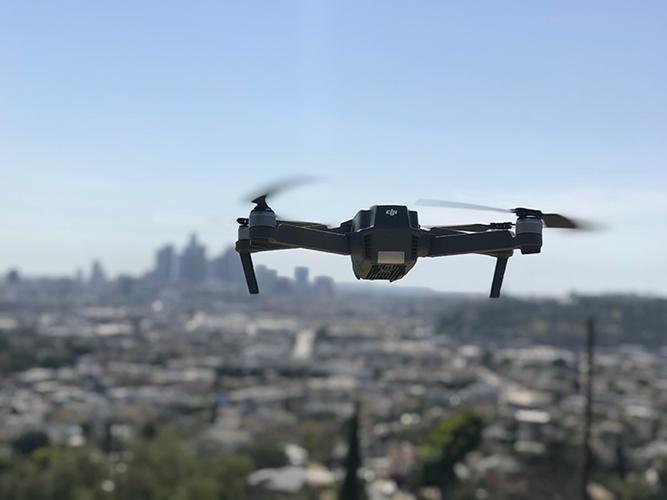One of the
most significant advantages
of 3D printed drones is their ability to be tailor-made for specific tasks. The customization options available allow for specialized designs that meet the exact requirements of unique applications. For example, in agriculture, 3D printed drones equipped with advanced sensors can optimize crop monitoring, providing farmers with precise data about soil and plant health. This targeted approach leads to increased yields and reduced resource consumption.
Another exciting use of 3D printed drones is in disaster relief operations. During emergencies, time is of the essence. Drones can be quickly manufactured and deployed to access remote or hazardous areas, delivering emergency supplies like medicine or food. Furthermore, their lightweight nature makes them ideal for navigating through challenging terrains where traditional vehicles or methods may fail.
Cost efficiency is another compelling aspect of 3D printed drones. Traditional manufacturing processes are often limited by high costs and time-consuming production cycles. With 3D printing, the ability to create drones at a reduced cost allows for broader accessibility and experimentation without the financial burden. Additionally, the materials used in 3D printing are often recyclable, supporting sustainability efforts.
The potential of 3D printed drones is truly endless when it comes to scientific exploration. These drones serve as invaluable tools for environmental monitoring, enabling detailed analysis of ecosystems without human interference. They can gather crucial data on wildlife habitats, air quality, and even climate change patterns, helping scientists make informed decisions.
In the
security sector
, 3D printed drones are employed for surveillance due to their quiet operation and maneuverability. They provide real-time information, assisting law enforcement agencies in maintaining public safety. Their ability to be rapidly deployed and customized for specific missions enhances the efficiency of such operations.
One cannot overlook the significance of education in expanding the reach of 3D printed drones. Schools and universities incorporate these drones into curriculums, offering students hands-on experience with cutting-edge technology. This not only nurtures technical skills but also fosters creativity and innovative thinking with practical applications.
FAQs
What are the materials commonly used for 3D printing drones?
Most 3D printed drones utilize materials such as PLA, ABS, and nylon, which provide durability and flexibility. These materials are often chosen for their light weight and strength.
utilize materials such as PLA, ABS, and nylon, which provide durability and flexibility. These materials are often chosen for their light weight and strength.
How does 3D printing impact the drone industry?
3D printing enhances the drone industry by lowering production costs, enabling unique customization, and accelerating the manufacturing process. It allows for rapid prototyping and innovation.
Can 3D printed drones be used in urban environments?
Yes, 3D printed drones are especially advantageous in urban settings for tasks like surveying infrastructure, traffic monitoring, and delivering parcels in congested areas.